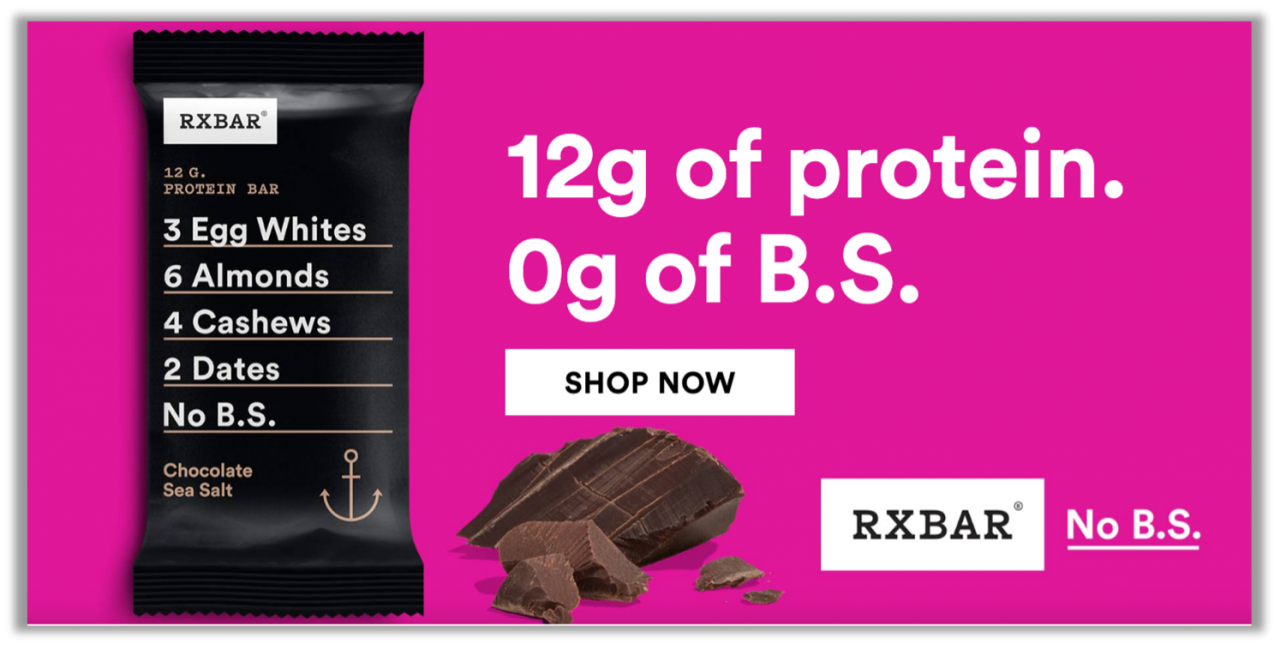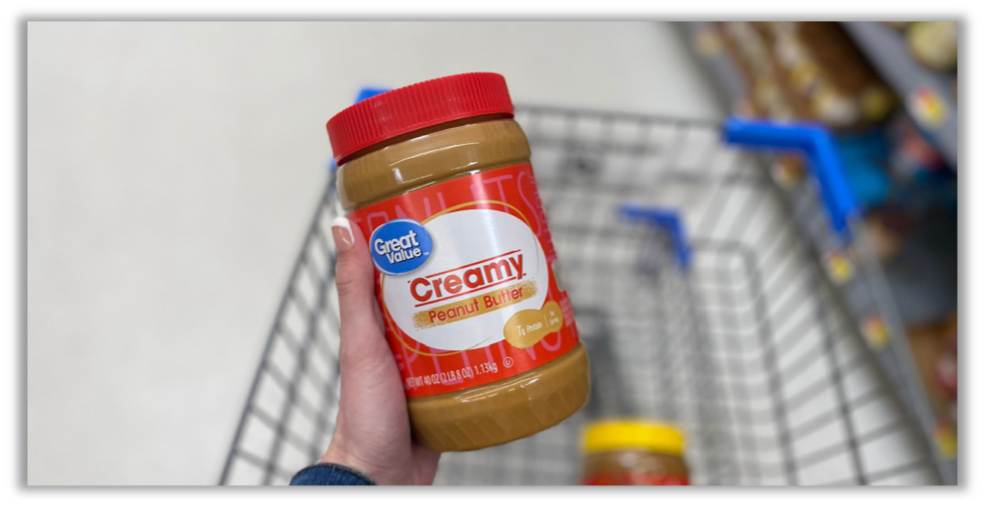
This is the second installment in a series, which unpacks the four psychological profiles that explain consumer behavior. Specifically, the four drivers of behavior, and the five barriers that hinder consumer decision-making. Based on a wealth of neuroscience knowledge from the world of academia, these foundational “WHYs” provide a tangible framework with which to reliably assess what’s really driving your business, what’s hindering your results, and what you can do to dramatically influence behavior out in the real world.
The Rational Driver is the reason we all think we do things: because they’re the logical, smart choice. In making decisions this way, we arm ourselves with tangible, verbal knowledge that lets us apply our expertise in comparing, and prioritizing, various options.
And while decision-making is often attributed to more subconscious factors, let’s focus here on the situations in which brand choices are made based on this most practical set of considerations.
While this decision-process sounds very straight forward, there is still an equation to empowering consumers who are in this mindset. And, there are a number of pitfalls “rational” brands could fall into, even as they endeavor to demonstrate themselves as the smart, straight-forward choice.
At the core, for consumer decisions based on this driver, decision making centers around the pursuit of information via reading labels, comparing options, and deciding for themselves which decision makes the most logical sense. To successfully serve this motivation, brands and retailers need to:
- Empower consumers to learn about the category and acquire knowledge.
- Enable comparative choice via ‘the facts.’
- Focus on tangible results.
A textbook example of a brand serving the rational driver is RX Bar…

This example demonstrates some key repeatable tenets to nail a rational strategy:
- Provide verbal information (words and numbers, not pictures).
- Empowers the consumer to assess why this is superior to competitors; lets THEM decide vs. working to persuade them.
- Light on marketing (including the “No B.S.” tagline).
One of the things we track in our longitudinal database is omni-channel shopping behavior. In plain English, this means we assess the way in which various consumers prefer to buy things like food and beverage products: in brick-and-mortar, online, and/or the degree to which it’s a combination of these.
Within this tracking, we find that about a third (32%, to be exact) of shoppers in the U.S. are what we call ‘Fence Sitters.’ These shoppers have a unique profile, and represent a meaningful strategic opportunity in that they typically shop in brick-and-mortar, but are open to shopping via digital. Their hesitancy to shopping via eComm centers around the “risk of disappointment” they perceive with digitally-centered means of shopping.
The additional hallmark of this shopper mindset – remember, representing one in three U.S. shoppers – is that they’re driven by this rational mindset. This means they:
- Shop methodically, using a routinized, efficient approach.
- Avoid eComm due to a perceived risk of disappointment.
Think about this for a moment – this shopper profile values efficiency and routine, seemingly the bull’s-eye benefit for digital grocery platforms like click-and-collect and home delivery. Yet, this shopper is on the fence relative to these means of shopping; they have not yet been sufficiently convinced to change behavior.
Why? Because, as outlined above, this rational mindset likes to possess knowledge of, and control over, the process. So, as the Krogers, Walmarts, Amazons, and Targets of the world continue to strive to make digital commerce ever more efficient, they’re missing fully one-third of prospective shoppers because all continue to fail in addressing the shoppers true pain point: fear of disappointment in the results.
And just as this mindset is results-oriented when it comes to how they shop, this is certainly the case in terms of how they make decisions. For all the machinations of consumer psychology relative to this mindset, three key activational tips cover the most crucial points of addressing the rational mindset out in the wild.
Tip 1: Focus less on what they’ll buy and more on what they know
This consumer profile is quite difficult to persuade with marketing communications. This is because they’re utterly self-reliant; the opinions, urgings, or appeals of others are not relevant in their decision-making equation.
Rather, they rely on their own knowledge and expertise to collect the facts, compare the facts, and make an informed decision. And make no mistake, the emotional reward of doing so is not in the “best” result, but rather in the satisfaction of knowing their expertise enabled the optimal decision.
So, rather than tirelessly exposing marketing messages and evaluating whether each would be influential, focus instead on understanding the extent of the average knowledge set within your domain. Do they understand the deep workings of functional nutrition? Are they knowledgeable as to the provenance of various ingredients? Do they cite information acquired in explaining their choices? Once you’ve established what they actually know, focus your activation not on persuading, but in providing them with knowledge, info, and expertise. Decision making to your brand’s benefit is sure to follow.
Tip 2: Words and numbers over pictures
When a consumer is in this mindset, their brain has one priority: to gather the information needed to make an informed decision. When the brain shifts into this attentional state “the feels” need not apply. The brain is wired to look for and recognize verbal info (words and numbers).
Many marketers are flummoxed by shoppers ‘trading down’ to store brands. But, very often in our data, we find that the reason a shopper might opt for store brands is actually not due to the reason most assume: low prices. Rather, many shoppers – in this highly verbal mindstate – simply perceive that store brands dispense with the puffery, and simply state in plain language “what this is” (peanut butter, sauce, tea, and so on).
In other words, these “brands” are not always being chosen based on price; sometimes they’re winning because they’re simply easier to find for this highly rational, highly verbal mindset.

 Which leads to the final point on how these consumers shop.
Which leads to the final point on how these consumers shop.
Tip 3: Activate well ahead of shopping
Consumers in this mindset make decisions well ahead of actual shopping. They determine – via their expert analysis – what they want, then shopping becomes a matter of a mission to complete. They more often shop with a list and, as noted above, they’re using highly verbal attention to find-and-execute their list.
Deploy your activation in digital well before actual shopping and focus on ‘getting on the list.’ Particularly in eComm, use your activation to empower them with information to assuage any fear of disappointment (i.e. give them easily accessible verbal information should they need it to confirm their decisions during shopping).
Remember, it’s not always about ease and efficiency, but rather control and self-efficacy. Our job is to arm them with the info they need to feel informed, empowered, and impervious to disappointment – in our brand experiences, but even more so in themselves for choosing them.
Cover image source: Kenny Eliason